1. Complete the following reactions:
a. 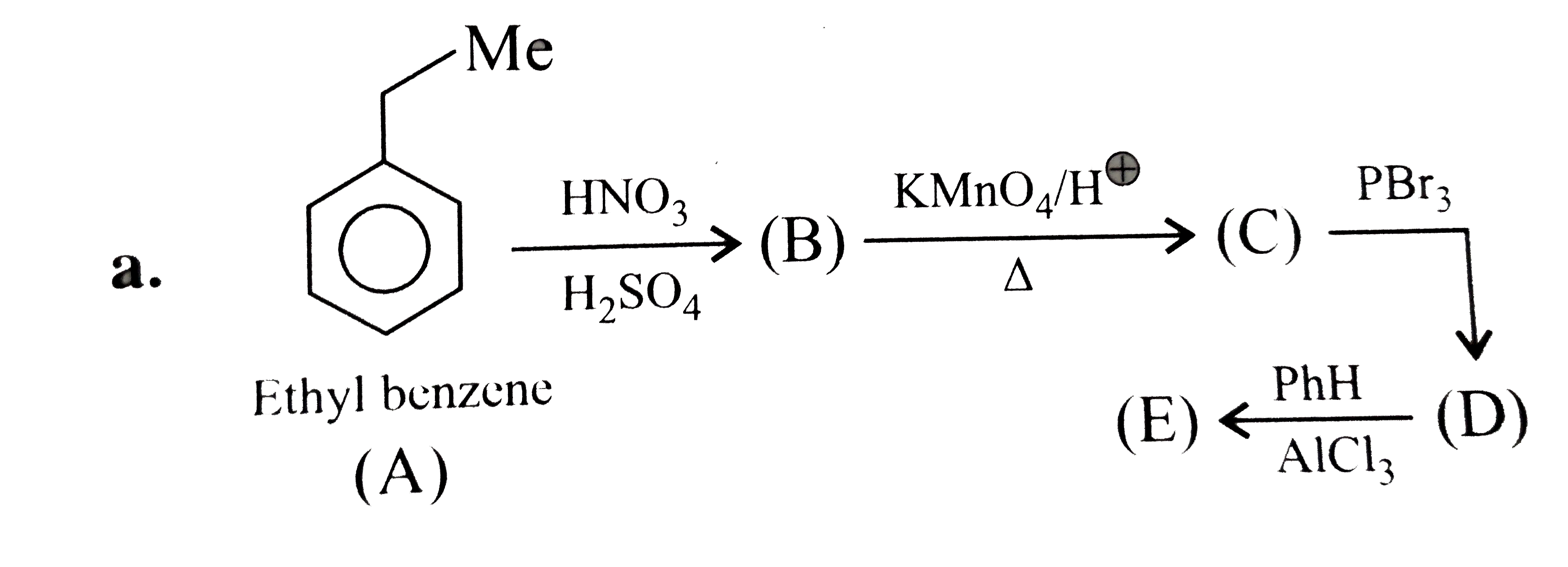
b. 
c. 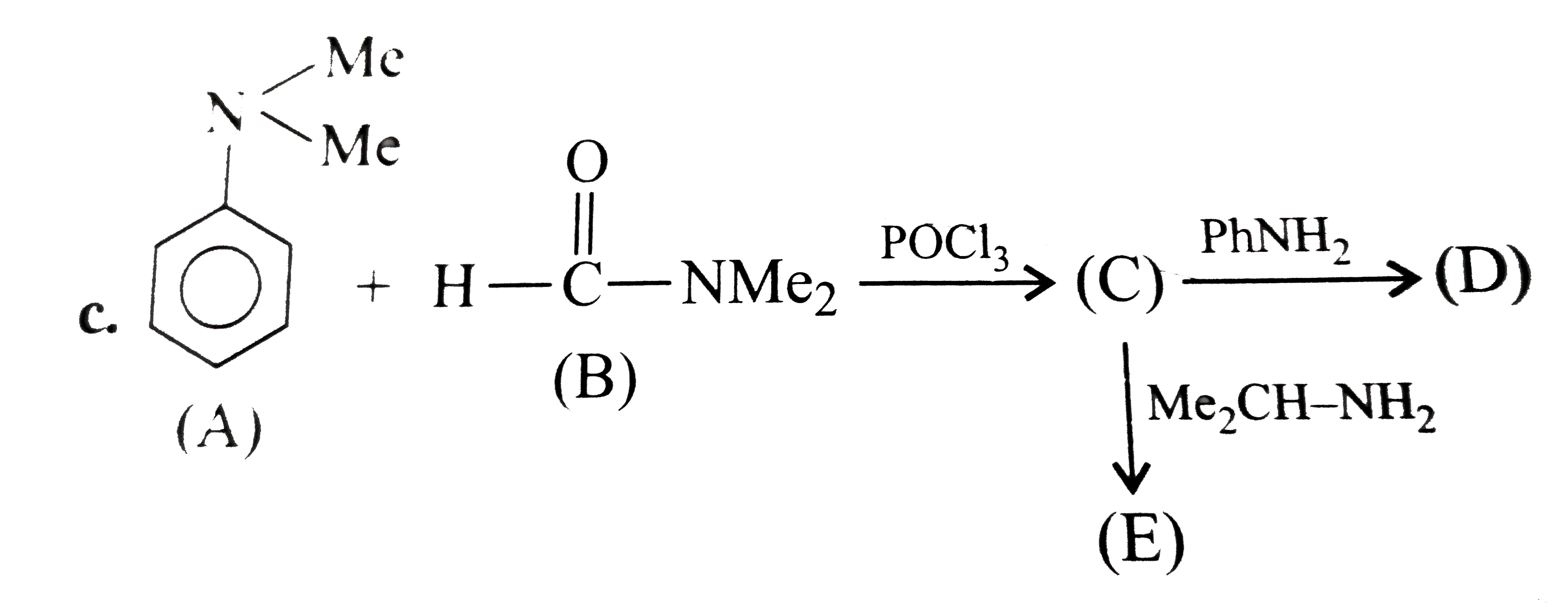
2. Which is more feasible equilibrium reaction for the formation of product?
i. MECHO+NaCN(inH2O)⇔MeCH(CN)OΘ
ii. MeCHO+HCN(inH2O)⇔MeCH(CN)OH
Video Solution
Text Solution
a. 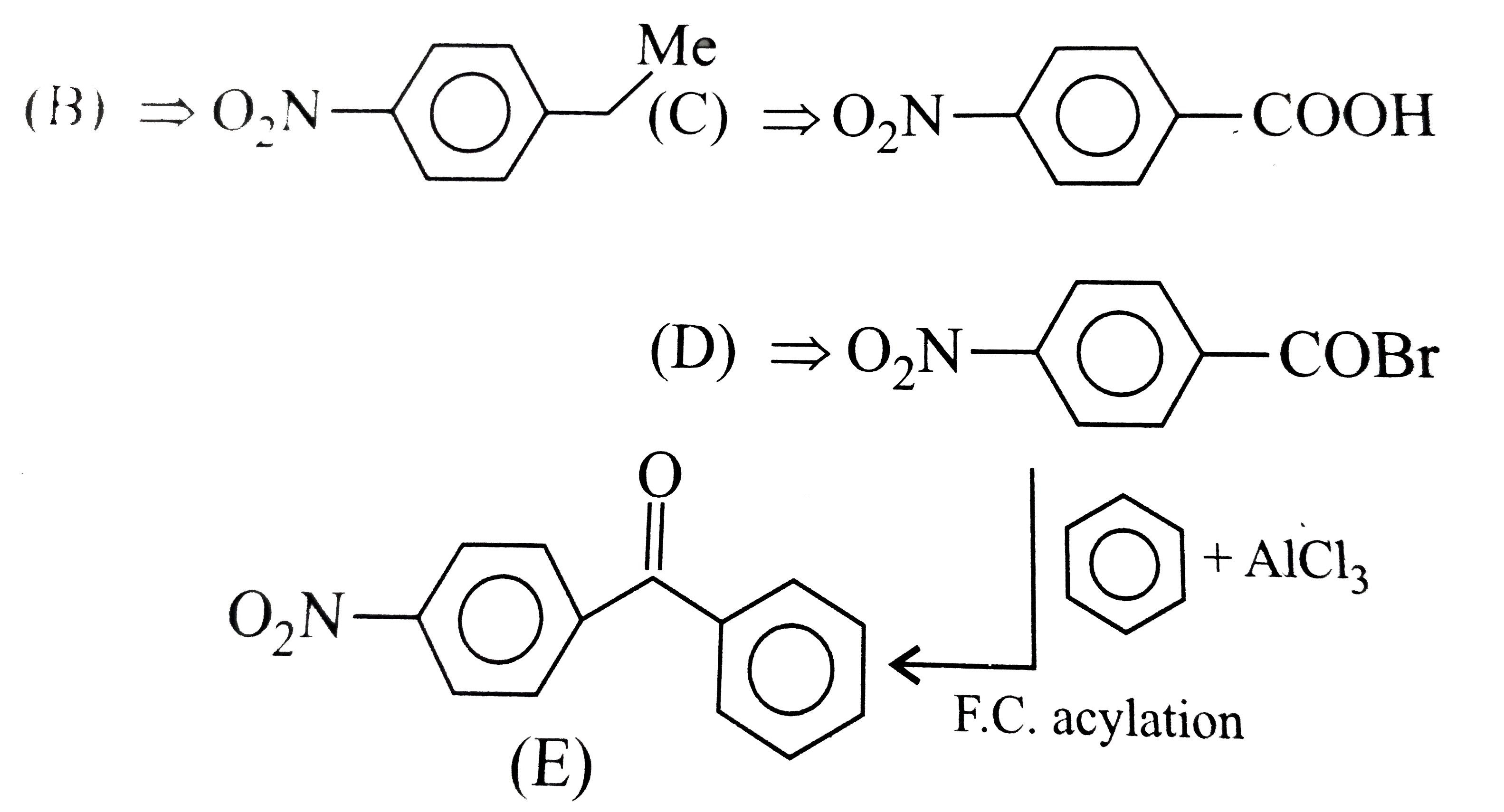
b. It is an example of Gattermann aldehyde reaction. The reaction is more favourable with activating groups.
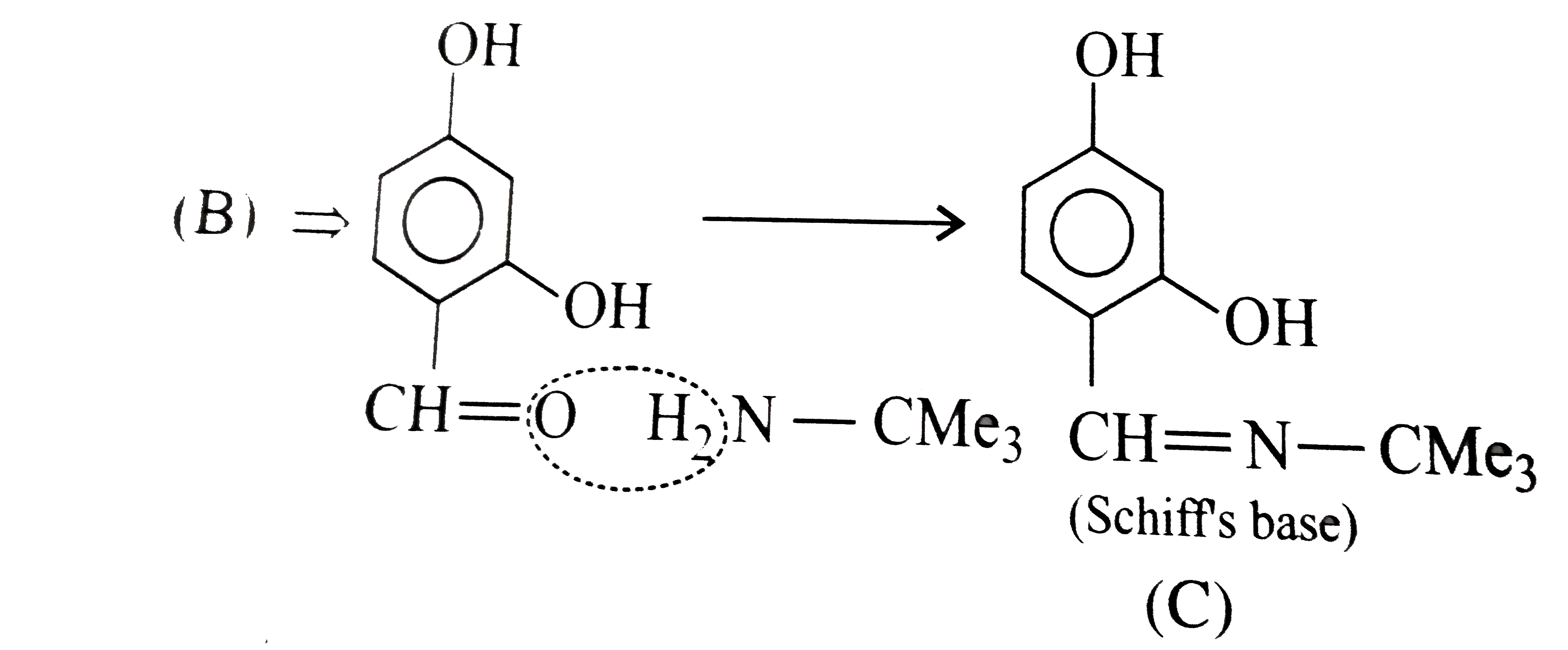
c. It is an example of Vilsmeyer reaction.
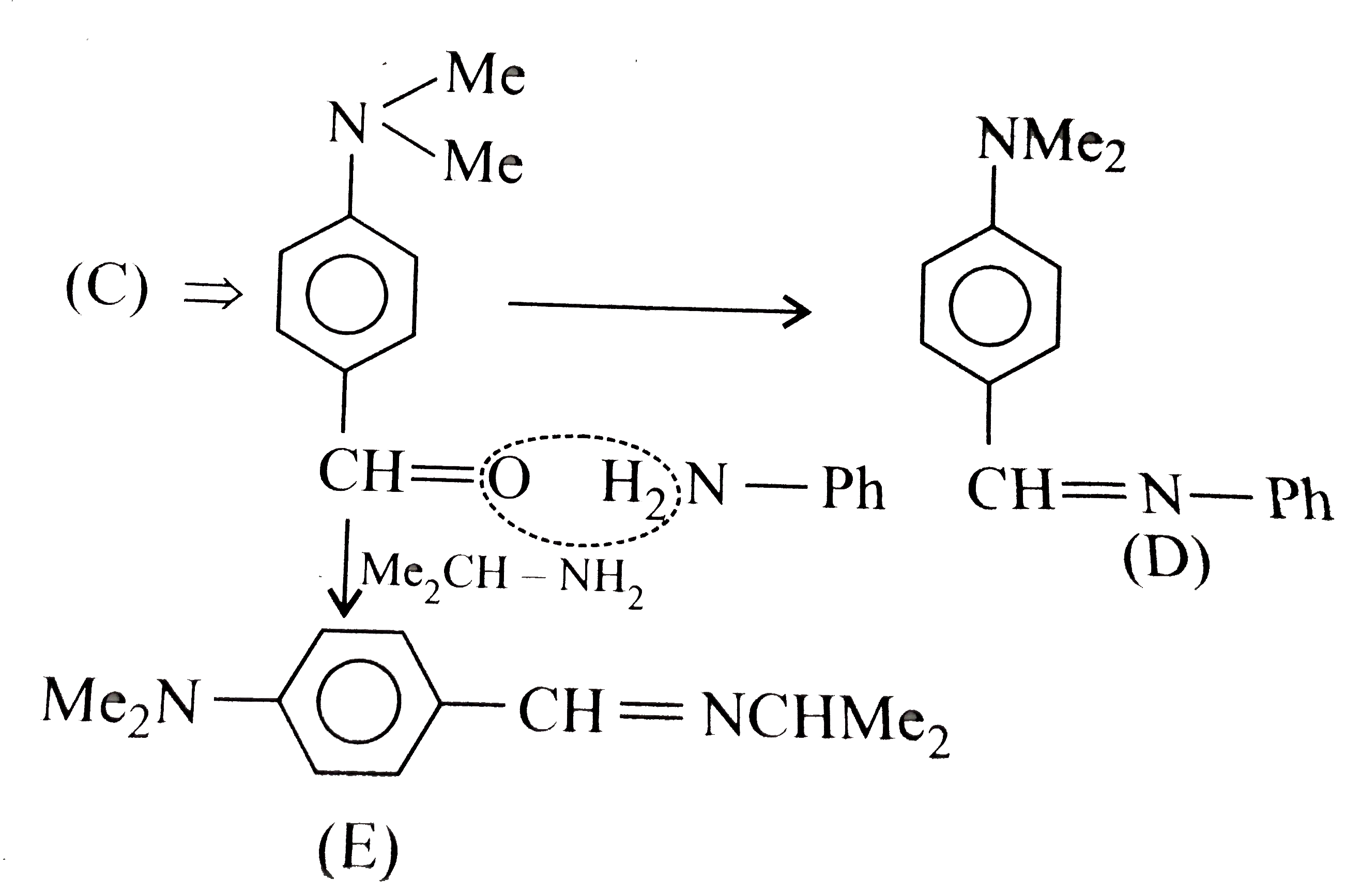
2. i. MeCHO+CNΘ(Weaker base)⇔MeCH(CN)OΘ(More basic thanCNΘ)
The equilibrium in the formation of weaker acid or waker base is favoured, so the equilibrium lies towards left. Consequently, reaction (ii) is more feasible for the formation of cyanohydrin.
Keq. of HCN>Keq.CNΘ
With strong base, cyanohydrin is converted to its conjugate base and then to the original aldehyde by the removal of CNΘ.

|
Updated on:21/07/2023
Topper's Solved these Questions
- BOOK - CENGAGE CHEMISTRYCHAPTER - ALIPHATIC AND AROMATIC ALDEHYDES AND KETONESEXERCISE - Solved Examples13videos
ALIPHATIC AND AROMATIC ALDEHYDES AND KETONES
- BOOK - CENGAGE CHEMISTRYCHAPTER - ALIPHATIC AND AROMATIC ALDEHYDES AND KETONESEXERCISE - Exercises Subjective52videos
ALIPHATIC AND AROMATIC ALDEHYDES AND KETONES
- BOOK - CENGAGE CHEMISTRYCHAPTER - ALCOHOL,PHENOL AND ETHERSEXERCISE - Archives Analytical And Descriptive15videos
ALCOHOL,PHENOL AND ETHERS
- BOOK - CENGAGE CHEMISTRYCHAPTER - AMINESEXERCISE - QUESTION BANK1videos
AMINES
Similar Questions
Knowledge Check
- Question 1 - Select One
Which of the following is correct for the equilibrium of the reaction ?
C(s)+H2O(g)⇔CO(g)+H2(g)ApH2∝pH2OBpH2∝√pH2OCpH2∝p2H2ODpH2∝p2H2OpCO
Complete the following reactions:
(i) C2H4+O2→
(ii) 4Al+3O2→View SolutionComplete the following reactions :
(i) O2−2+H2O→ (ii) O−2+H2O→View SolutionComplete the following reactions
(i) O2−2+H2O→
(ii) O−2+H2O→View SolutionComplete the following reactions:
(i) C2H4+O2→
(ii) 4Al+3O2→View SolutionComplete the following reactions :
(i) C2H4+O2→
(ii) Al+O2→View SolutionComplete the following reactions (i)O2−2+H2O→(ii)O−2+H2O→
View SolutionComplete the following and state the relations between configurations of the reactant and products.
(i) .D−MeCH(OH)Et+Ac2O→ ?
(ii) .D−MeCH(Cl)COOH+2NaOH→ ?View Solution

